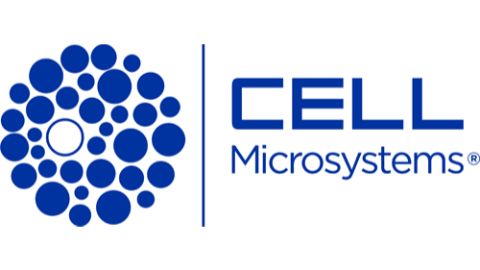A Synthetic CRISPR-Cas9 System for Homology-directed Repair

CRISPR-Cas9 is increasingly becoming the most widely used genome engineering tool due to its ease of use and ability to cause double strand breaks (DSBs) at almost any locus of interest. The cellular homology-directed repair (HDR) pathway can be used to introduce exogenous genetic content, although this application of CRISPR-Cas9 is not as straightforward as exploiting the endogenous non-homologous end joining (NHEJ) pathway to create gene knockouts. We use a synthetic dual-RNA approach based on the natural bacterial CRISPR-Cas9 system for genome editing in mammalian cells that allows for rapid analysis of multiple chemically synthesized guide RNAs. Here we demonstrate the utility of this system to HDR genomic engineering applications and provide guidelines for improving CRISPR Cas9-assisted HDR. We present examples and design recommendations for the use of short, single-stranded DNAs as donor templates for small insertions. We show that homology arm length of the single-stranded donor DNA affects the efficiency of HDR. We also demonstrate the use of plasmid DNA donor templates for large insertions, using fluorescent protein fusions as a model. Lastly, we outline techniques and methods for characterization of HDR-generated cell lines for precise genomic engineering.





